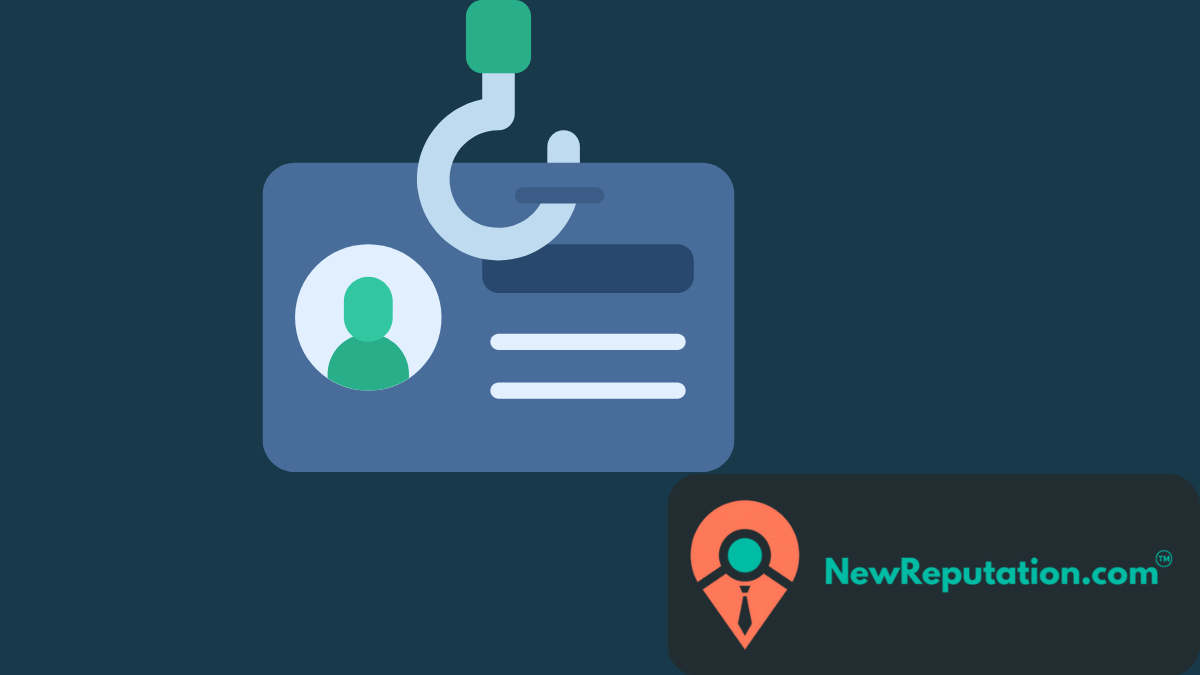Phishing is a social engineering attack where an attacker sends a fraudulent email that appears to be from a legitimate source to trick the recipient into revealing sensitive information, such as passwords, credit card numbers, or Social Security numbers.
Phishing attacks are a significant problem and can have severe consequences for the victims. Phishing attacks can sometimes lead to identity theft, financial loss, or damage to the victim’s reputation.
How does phishing work?
Phishing attacks typically work by sending an email that appears to be from a legitimate company, such as a bank, credit card company, or online retailer. The email will often contain a link that takes the recipient to a fake website that looks real. Once the recipient is on the fake website, they are asked to enter their login credentials or other sensitive information.
Once the attacker has obtained the victim’s sensitive information, they can steal their identity, make fraudulent transactions, or even commit other crimes.

What are the different types of phishing attacks?
There are several different types of phishing attacks, but the most common are:
- Email phishing: This is the most common type of phishing attack. The attacker sends an email that appears to be from a legitimate company, such as a bank, credit card company, or online retailer. The email will often contain a link that takes the recipient to a fake website that looks real. Once the recipient is on the fake website, they are asked to enter their login credentials or other sensitive information.
- Website phishing: This type of phishing attack involves creating a fake website that looks like a legitimate company’s website. The attacker then sends the victim an email containing a link to the phony website. Once the victim clicks on the link, they are taken to the fake website, where they are asked to enter their login credentials or other sensitive information.
- Phone phishing: This type of phishing attack involves calling the victim and pretending to be from a legitimate company. The attacker often asks the victim for their login credentials or other sensitive information.
- Text message phishing: This type of phishing attack involves sending a text message to the victim that appears to be from a legitimate company. The text message will often contain a link that takes the recipient to a fake website that looks real. Once the recipient is on the fake website, they are asked to enter their login credentials or other sensitive information.
How can I protect myself from phishing attacks?
There are several things you can do to protect yourself from phishing attacks:
- Be suspicious of any email that asks for your personal information. If you receive an email asking for your login credentials or other sensitive information, do not click on any links. Instead, go directly to the company’s website that the email claims to be from and log in to your account there.
- Use strong passwords. Make sure your passwords are strong and unique for each account. A strong password is at least 12 characters long and includes a mix of upper and lowercase letters, numbers, and symbols.
- Enable two-factor authentication. Two-factor authentication adds an extra layer of security to your accounts by requiring you to enter a code from your phone and your password when you log in.
- Keep your software up to date. Ensure your operating system and software are up to date with the latest security patches.
- Be careful what you click on. Do not click on links in emails or text messages from senders you do not recognize. If you are still determining whether an email or text message is legitimate, contact the company directly to verify.
- Use a phishing filter. A phishing filter is a software program that can help to identify and block phishing emails.
What should I do if I think I have been a victim of a phishing attack?
Suppose you think you may have been the victim of a phishing attack. In that case, taking action immediately is essential to protect your personal information. Here are some steps you can take:
- Don’t click on any links in the email. Phishing emails often contain links that lead to fake websites that steal your information. If you see a link in an email you need clarification on, don’t click on it. Instead, go to the organization’s website that the email claims to be from and log in directly.
- Don’t open any attachments in the email. Phishing emails often contain attachments that contain malware, which can infect your computer and steal your information. If you see an attachment in an email you need clarification on, don’t open it. Instead, delete the email.
- Check the email address of the sender. Phishing emails often come from fake email addresses designed to look like they’re from legitimate organizations. If you need clarification on whether an email is legitimate, hover over the sender’s email address to see the actual address. If it doesn’t match the organization that the email claims to be from, it’s probably a phishing email.
- Look for red flags in the email. Phishing emails often contain typos, grammatical errors, and other red flags that can indicate that they’re not legitimate. If you see anything suspicious, it’s best to err on caution and assume that the email is a phishing attempt.
- Report the phishing email. If you receive a phishing email, it’s essential to report it so the organization can protect its users. You can report phishing emails to the Anti-Phishing Working Group (APWG) at reportphishing@apwg.org.
If you may have provided sensitive information to a phishing website, it’s essential to take steps to protect your account. It would be best if you immediately changed your password for the understanding that you think it may have been compromised. You should also enable two-factor authentication for your account if it’s available. Two-factor authentication adds an extra layer of security to your account by requiring you to enter a code from your phone and your password when you log in.
Suppose you’re still concerned about the security of your account. In that case, you can contact the organization that the version is with and let them know that you may have been the victim of a phishing attack. They may be able to take additional steps to protect your account.
Phishing attacks are a severe threat, but there are steps you can take to protect yourself. By being aware of the signs of a phishing attack and taking action if you think you may have been targeted, you can help to keep your personal information safe.
Here are some additional tips to help you stay safe from phishing attacks:
- Use strong passwords and change them regularly.
- Enable two-factor authentication for your online accounts.
- Be careful about what information you share online.
- Be suspicious of any emails or messages that ask for personal information.
- Don’t click on links or open attachments in emails from senders you don’t know.
- If you think you may have been the victim of a phishing attack, change your passwords immediately and contact your bank or other financial institutions.
Conclusion
Phishing attacks are a severe problem and can have serious consequences for the victims. It is essential to be aware of the risks and to protect yourself from phishing attacks. By following these tips, you can help to protect yourself from phishing attacks and keep your personal information safe.

Kevin Curran is the founder and CEO of NewReputation, a renowned online reputation management firm. He is also the co-founder of ReputationPrivacy, a platform designed to help individuals manage their digital footprint effectively. Kevin has worked with diverse clients, including Fortune 500 companies, high-profile executives, and small business owners, to establish an authentic online presence that accurately represents their brand.


